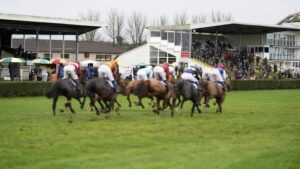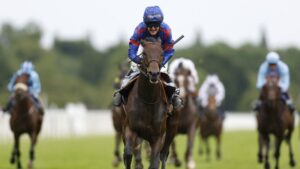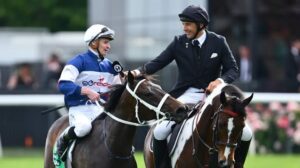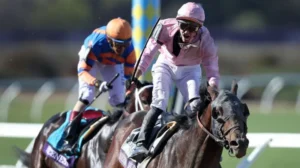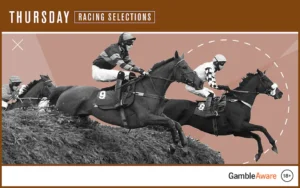I understand the economics behind retiring horses at 3 years old to avoid the risk of poor performance at 4, but perhaps those who retire these horses should cover the financial losses.
The Meadowlands will face over the next few years as we await the possibility of getting a casino.
I’d even be willing to waive the Gural Rule for stallions if their owners agree to cover these losses, considering our customers expect to see top-tier racing.
Additionally, they could absorb the cost of getting us on television, which amounted to around $200,000 this year.
I personally owned Six Pack and raced him at 4, which didn’t negatively impact the economics.
Furthermore, there’s immense enjoyment in owning and racing a top 4-year-old horse.
The money owners receive from syndicating a horse often goes back into the business, likely funding the purchase of three or four yearlings. However, these yearlings could bring more challenges than joy.
How can we put a price on the enjoyment of watching a great horse race? Plus, it takes four years to determine if a horse will become a successful sire.
I doubt this will change anyone’s mind, but the rationale for retiring horses at 3 overlooks the benefits we experienced by racing Six Pack at 4.
More Shoeless Confusion
Two weeks ago, The Meadowlands hosted two nights of thrilling, top-class harness racing with the Breeders Crown.
Several years back, I addressed the issue of “shoes on/shoes off” in harness racing, and other writers have weighed in as well.
For example, Sig Sauer, a 3-year-old colt by Muscle Hill, was among the favorites to win the 3YO Trotter of the Year.
In the Breeders Crown elimination race on October 19, I picked Sig Sauer to win in my USTA selections.
He went off at 6-5 odds, followed cover, and finished fourth, trotting a mile in 1:52. Although he’s a well-gaited trotter, he seemed a bit unsteady in that race.
Despite this, I still believed he was the best 3-year-old trotter in the sport and expected a better performance in the final if he raced “without shoes.” In the $600,000 final, I picked him again, setting him at 6-5 odds.
Sig Sauer, starting from post 8, left quickly, secured an early tuck in sixth, and rallied off cover to win by a nose at 7-2 odds, trotting in 1:50.4. Given the odds, he was a great value, so I bet on him to win.
Currently, shoe changes are only announced at the track. In my view, if the sport continues to permit shoe changes, trainers should be required to announce these changes before the past performance programs are printed so this information can be included.
In thoroughbred racing, the biggest equipment change is “blinkers on.” I’ve seen countless horses improve dramatically with blinkers, transforming from ones that couldn’t break their maiden to reliable racehorses with numerous wins.
Some champions were merely average before adding blinkers. The “blinkers on” or “blinkers off” information has been part of thoroughbred past performances for decades, even before I began following the sport. It’s also included in the race entries published in newspapers.
The thoroughbred industry recognized early on that blinkers could lead to significant performance changes, which is why this information was added to the programs.
Removing shoes on a trotter in harness racing might be an even more impactful equipment change than adding blinkers.
Not all horses benefit from blinkers, but those that do can show significant improvement. With shoes off, many trotters seem to race their fastest times.
It’s unfair to the betting public to delay announcing shoe changes until race day at the track. Not everyone is a professional handicapper with access to inside information.
The majority of wagers today are placed off-track, primarily online. I believe that the reason Sig Sauer did not go off as the favorite was due to his mediocre performance in the elimination race when he raced with shoes.
Sudden form changes are detrimental to the sport. We shouldn’t be confusing bettors or withholding crucial handicapping information from them.
“Shoes on” or “shoes off” should be included in the past performances. If trainers cannot accommodate this, then all horses should be required to race with shoes.











